"I have used Mark with Natures Balance for years. I have referred him to friends and neighbors as he is very conscious of protecting the environment and our household pets while fixing my bug and critter issues."
Our company has over 20 years of in depth experience resolving all pest problems that can be encountered here in Colorado. Significant time has been devoted to understanding the biology and behavior for all the pests in this area. Combining this knowledge with our years of hands on experience, we have developed effective solutions for each pest and the problems they create. Above all, this line of work has always been our passion and as a result, we desire to do the best job we can for you in each situation!
Our primary goal is to provide you with the most long-term and environmentally balanced solutions. We use environmentally safe materials to prevent pests from getting into your home or business. We specialize in keeping pests out by location and excluding their entry points into your home or business. Additionally, we apply liquids/baits/dusts to the outside perimeters of your structures providing a preventative barrier and reducing the need to apply chemicals to sensitive indoor areas.
"We had a situation with a few mice in our house last fall and Mark came to our rescue and they are gone!! Thanks!!"
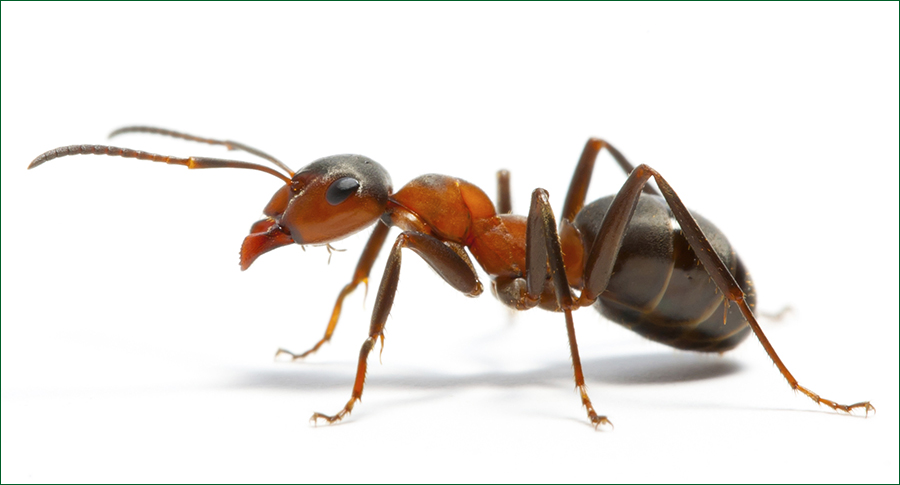
ANTS
Many different species of ants live in Colorado. Ants generally become a problem after they've began nesting or foraging for food within your home or business. Foraging ants are constantly looking for any potential food sources (dog food, bread crumbs, etc…). Pheromone trails are left behind to lead other ants to newly discovered food sources or nest sites. In addition, many ideal nest sites exist all structures providing ants opportunities at any time. The first and most important step in managing ants is identifying what type is causing the problem. The next step is locating nesting and feeding sites.
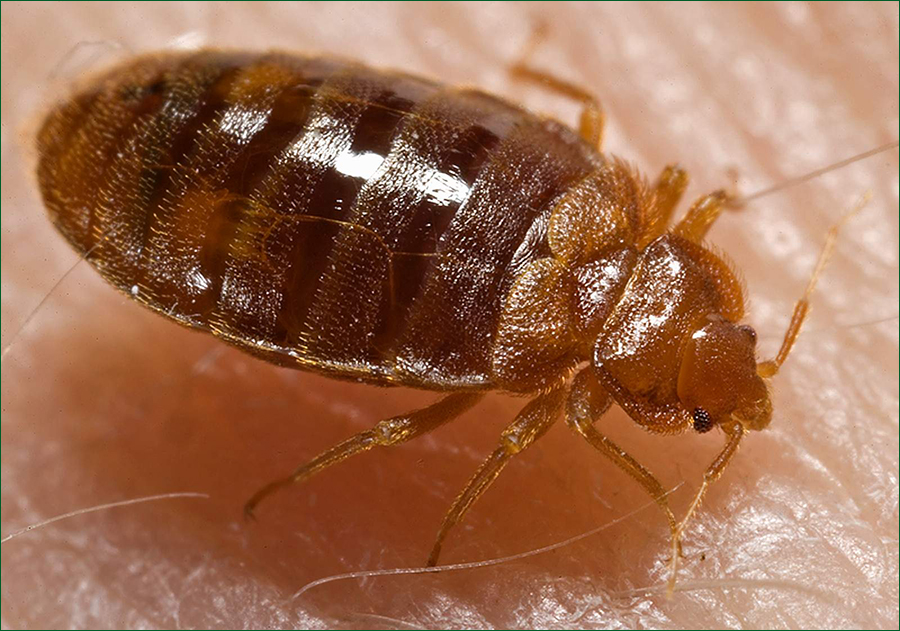
BED BUGS
Bed bugs, especially adults, are easily visible to the naked eye. Their appearance is reddish brown, flattened, oval and wingless. Bed bugs are nocturnal bloodsucking parasites that generally feed on humans. Although bed bugs have been around since ancient times, recent outbreaks and infestations have increased tremendously due to tourism, travel, purchasing used furniture that is infected, moving furniture that is infected and several other ways. Managing and controlling bed bugs can be very difficult and generally requires a detailed inspection first to determine the best and most effective approach.
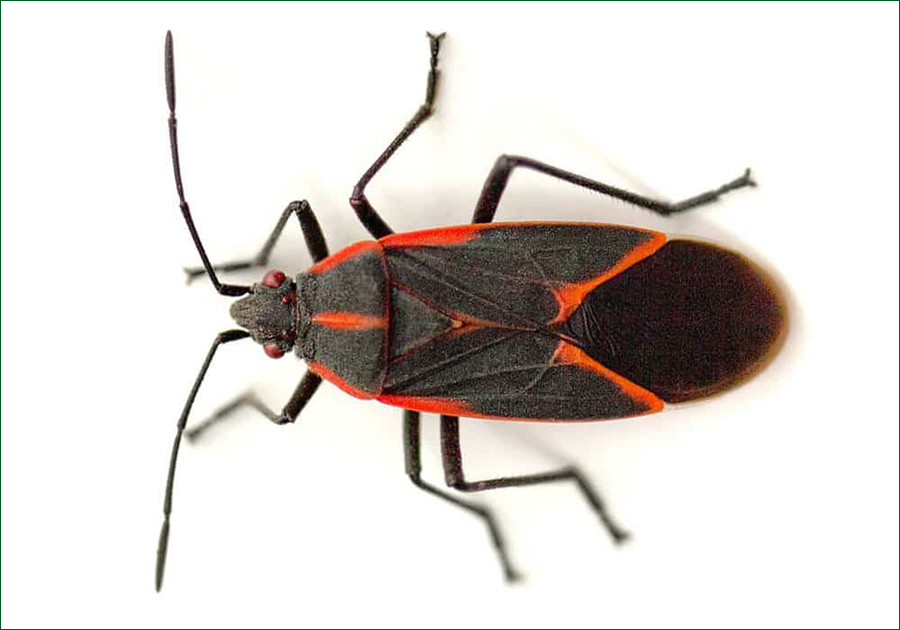
BOXELDER BUGS
Boxelder Bugs feed primarily on seeds from boxelder, maple or ash trees. Heavy activity levels are directly associated with the amount of seeds available to support the insects along with the length of the growing season. Boxelder bugs generally become serious nuisance pests in the fall and sometimes spring as they seek out sun warmed cracks and crevices found around your home or business. For this reason, they are found primarily on the south, west and east sides. The best approach to managing boxelder bugs is to first inspect to locate the problem areas and then treat as needed. Treatments remove existing boxelder bugs and temporarily prevents more from coming back.
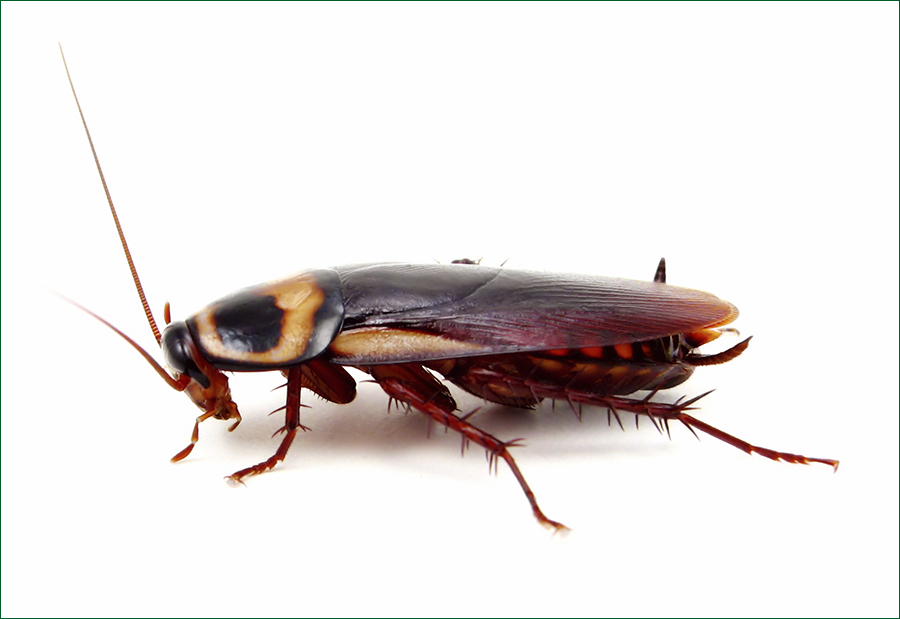
COCKROACHES
Several different species of cockroaches can be found in Colorado. They are one of the oldest insects known because of their superior abilities in adapting to many different environments, particularly within human dwellings. Their oval and flattened bodies enable them to move into almost any harbor aging area where they can thrive on a wide range of food sources. Cockroaches can quickly reach infestation levels, potentially spreading many different diseases and bacteria. Managing and controlling cockroaches can be difficult and generally requires a detailed inspection first to determine the best and most effective approach.
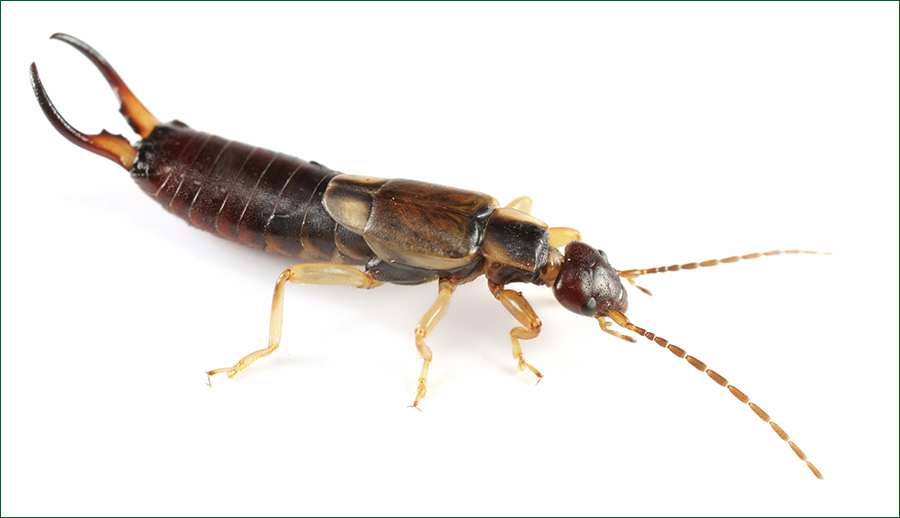
EARWIGS
Earwigs are nocturnal feeders common throughout the Colorado region. Activity levels rise during the summer months, especially in damp, wet and dark conditions. Earwigs generally become a problem when they seek shelter in heavy vegetation/debris located around the foundation of your home or business. Small cracks and crevices around your home or business can sometimes lead foraging activity into living or occupied areas. The best approach to managing earwigs is to first inspect to locate the problem areas and then treat as needed. Treatments remove existing earwigs and temporarily prevents more from coming back.
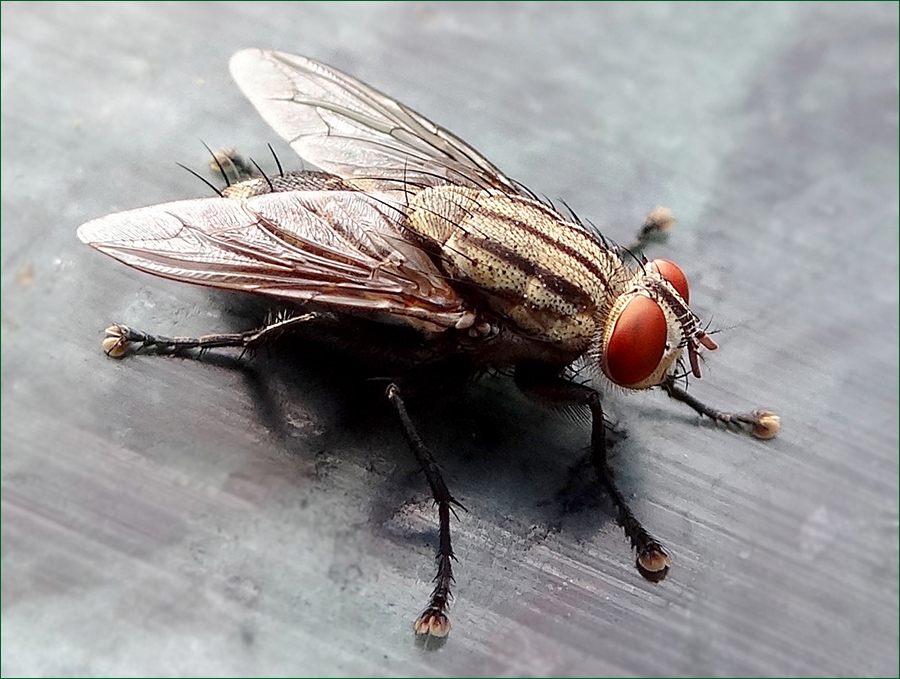
FLIES
Many different species of flies live in Colorado. Flies commonly enter structures for several different reasons depending on the type of fly. Regardless of the reason, they generally create serious nuisance problems and can pose serious health risks by transmitting disease and bacteria. The first and most important step in managing flies is identifying what type is causing the problem. The next step is locating nesting, breeding and feeding sites.
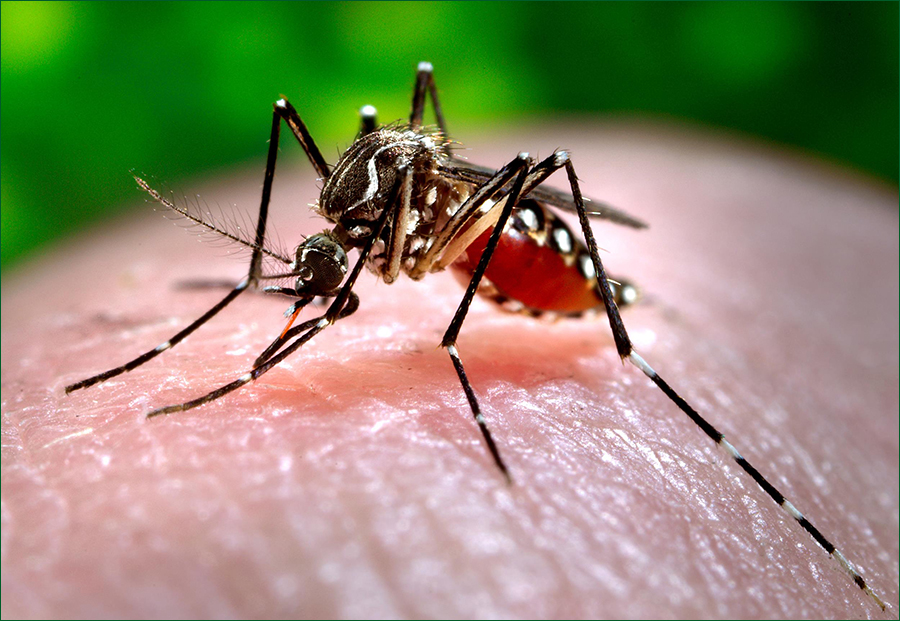
MOSQUITOS
Several different species of mosquitos can be found throughout Colorado. Mosquitos are blood sucking parasites that readily feed on humans and are well known for transmitting diseases (west nile, malaria, dengue fever, etc…). Increases in activity are generally due to nearby standing water in: clogged gutters, stored tires, bird baths, heavy watering, ponds/lakes, rivers/streams, etc… Mosquito larvae develop in water while adults nest and breed in damp, shady areas: tall grass, thick shrubbery/vegitation, trees, under decks/porches, etc… Managing mosquitos can be difficult and generally requires a detailed inspection first to determine the best and most effective approach.
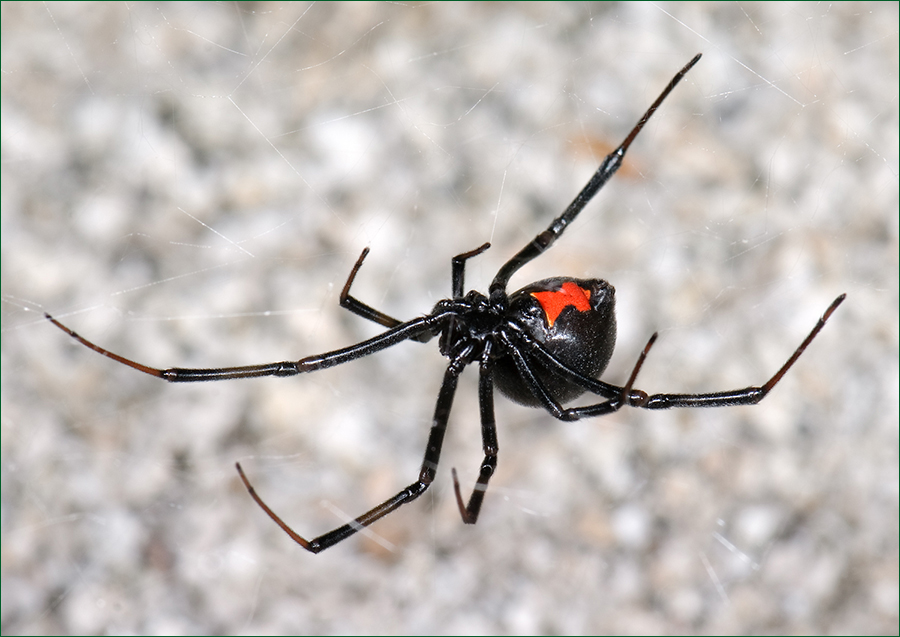
SPIDERS
Spiders are among the most common nuisance pests to invade your home or business. Colorado provides an ideal climate for scores of different species to thrive. Like many other insects, this arachnid will seek out shelter in cracks and crevices located around your home or business that can lead them inside. Most species are attracted to water sources: around water pipes/plumbing fixtures, floor drains, bath tubs, sinks, air conditioners, etc… However some species prefer warm, dry undisturbed areas: storage rooms, behind/under furniture, crawl spaces, garages, closets, etc… Managing and controlling spiders requires very detailed inspections around the interior and exterior of the structure to locate and treat active areas. Treatments remove existing activity and temporarily prevent more from returning.
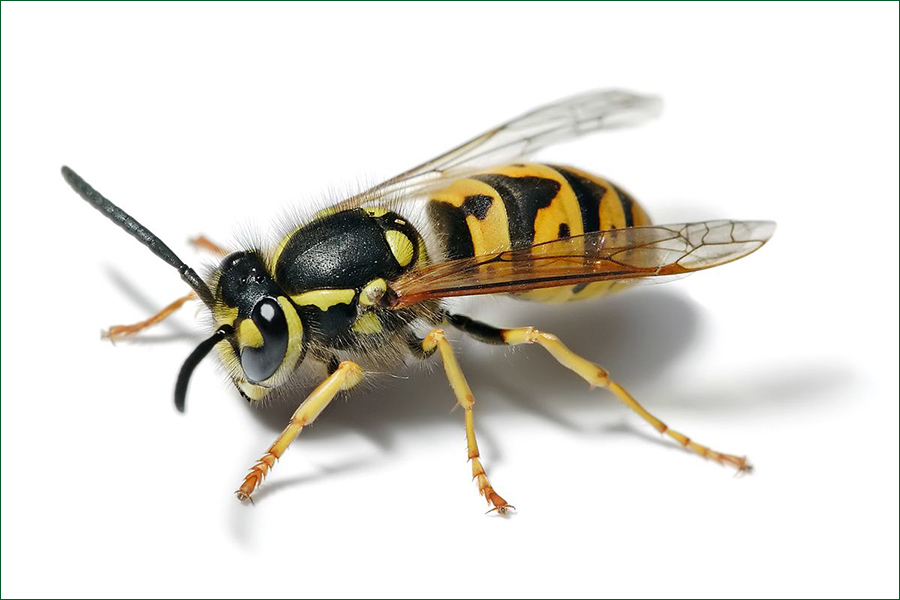
STINGING INSECTS
Wasps, yellow jackets, hornets and bees are the primary insects in this category. Painfull stings from these insects can be extremely dangerous, especially if you have allergic reactions. As a result, numerous people are sent to the hospital each year. Prevention measures can be taken in the spring to help reduce nests from building nest around your home or business. Our most common service however is locating, treating and removing accessible nests.
"I used Mark with Natures Balance for our Vole issues as well as outside bugs/insects and have been very pleased! If the situation was not corrected he comes right back and makes it right. I will continue to use him with any problems. Inside or out!"
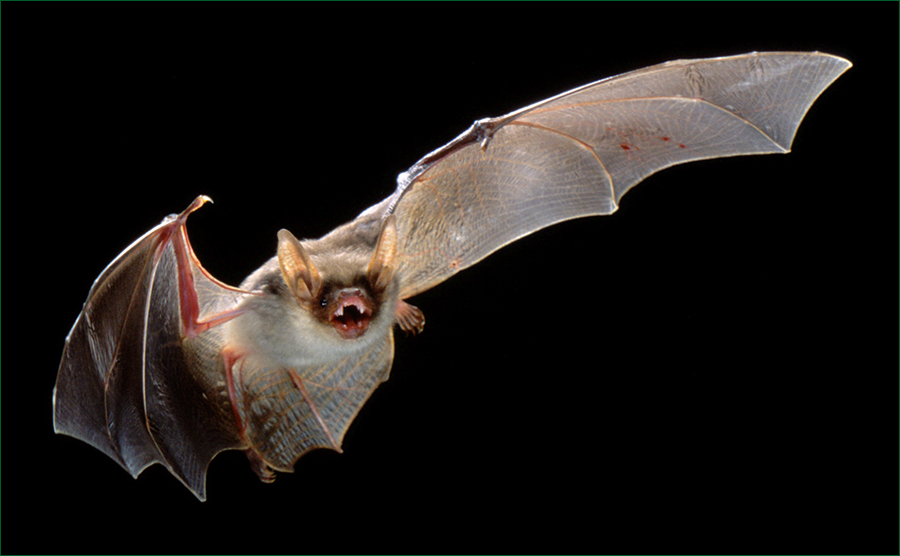
BATS
The little brown bat is the most common nuisance species among bats in Colorado. They migrate in during the warmer months from around May through October depending on the weather. These small mammals (about the size of a mouse) are nocturnal and feed on small insects throughout the night. After feeding, bats seek out warm areas to roost during the day. Unfortunately, many structures provide suitable areas: attics, around chimneys, behind shutters, dark overhangs, peaks/sophits, dark wall voids, etc… Additionally, little brown bats are classified as "colonial" meaning they generally nest in groups. As a result, bats nesting inside structures can pose serious health risks, primarily through inadvertant contact during the night or by introducing other parasite infestations (bat bugs/fleas). Managing and controlling bats can be very difficult and generally requires a detailed inspection to locate all the potential entry points. One-way doors are occasionally used in urgent cases, allowing activity out but not back in. Once all activity is out, entry points are sealed off to prevent bats from coming back in.
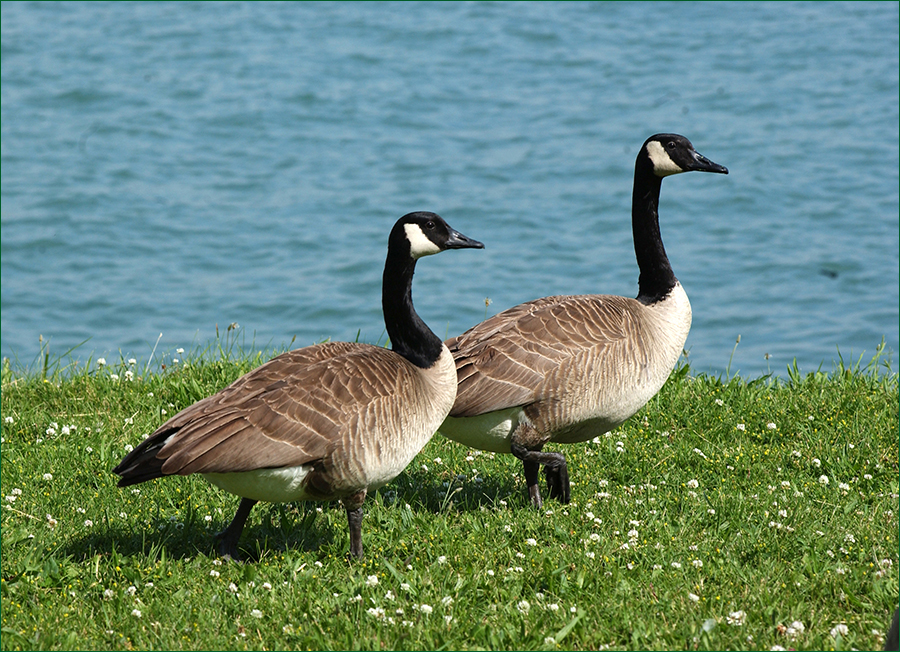
GEESE
Canadian Geese have increasingly become major nuisances around urban settings where they can find ideal habitat: golf courses, turf areas around lakes/ponds, lawn areas around apartment complexes/business parks/country clubs, etc… At problem areas such as these, Geese eat down and sometimes remove desirable grass and vegetation to unsatisfactory levels. In addition, accumulating droppings can become aesthetically displeasing and even make public access difficult. However, by using the correct combination of repellents, these birds can be managed in most cases.

MICE
Mice are nocturnal rodents that prefer to live in or around human dwellings such as homes, buildings, garages, barns, outbuildings, etc… Activity can move into structures throughout the year however the onset of cold weather each fall typically increases their movement inside as they search for food and shelter. Mice are able to squeeze through extremely small cracks/crevices allowing them easy access into structures that aren't sealed properly. In addition, mice leave behind and follow scent trails which can lead more mice inside to locate established nest sites and food sources. Once inside, mice can cause extensive damage by chewing on wires insulation, stored goods, etc… Nesting activity within your home or business creates significant health risks as mice are very dirty and can transmit diseases, bacteria and parasites. The most important steps in managing mice is to first remove them from your structure and then seal off all their potential entry points.

PIGEONS
Pigeons are descendents of domestic homing pigeons brought over from Europe and therefore can rely heavily on humans for food and especially for shelter (grain elevators, overhangs/ledges/voids on houses and buildings, under bridges, etc…). As a result, pigeons have become the number one urban pest bird. At active areas, droppings and other nesting debris can accumulate to unsatisfactory levels and potentially cause severe damage or create serious health risks by transmitting disease and bacteria. Managing and controlling pigeons can be very difficult and generally requires a detailed inspection first to determine the best and most effective approach.
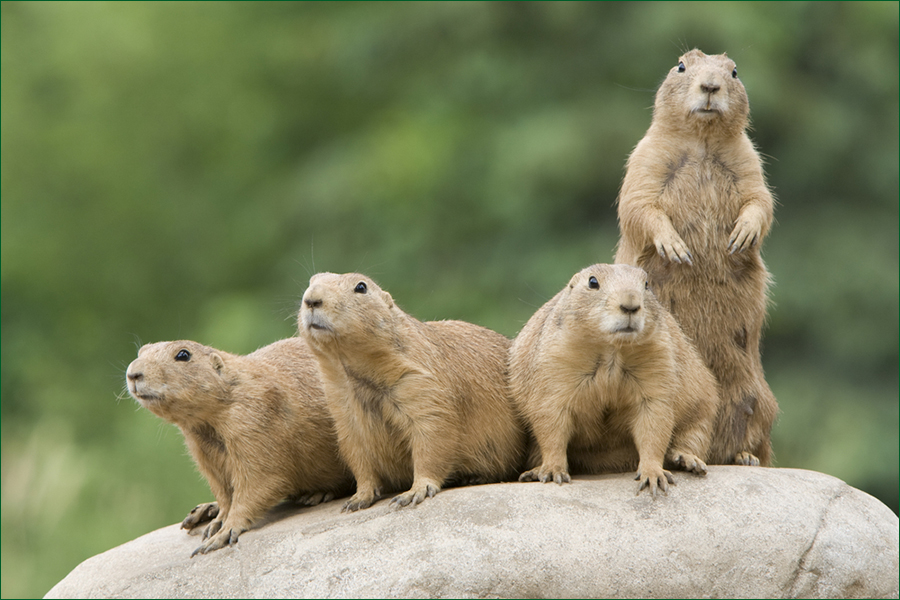
PRAIRIE DOGS
Prairie Dogs are common throughout Colorado's front range and eastern plains. These highly social animals live in towns consisting of 30 - 50 burrows per acre which are generally 3 - 6ft deep and around 15ft long. Unfortunately, these mounds increase soil erosion and are a potential threat to livestock, machinery, horses with riders, etc… Extensive damage may occur along ditch banks, roads, dams, field trails, etc… Activity around airport runways can increase accidents when planes hit mounds or scattering activity. Additionally, active colonies eat down and clip taller vegetation which can damage or destroy pasture lands, open spaces and landscaping. Also, prairie dogs are susceptible to several diseases, especially the plague. Other unwanted pests like fleas, rattlesnakes, bull snakes and black widow spiders occur in higher numbers around prairie dog towns. Managing and controlling prairie dogs can be difficult and generally requires a detailed inspection first to determine the best and most effective approach.
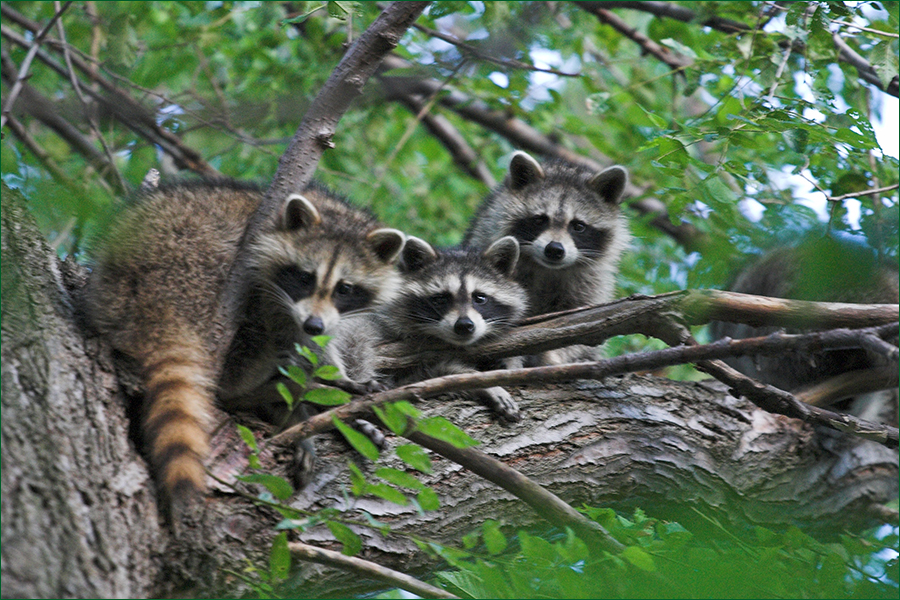
RACCOONS
Raccoons are prevalent throughout Colorado and have become very successful at living around humans. They commonly seek out attics, chimneys, outbuildings, garages, barns, road side drainages and many other areas to nest in. Additionally, they can find food at dumpsters, trash cans, bird feeders, fish ponds, gardens and many other areas. These ideal conditions provide raccoons the ability to thrive but can become considerable nuisances. Raccoons can cause significant damage at their nesting/feeding sites and can carry/transmit diseases like rabies. To manage raccoons, the first step is inspecting the structure to locate all points of entry. Next, traps or one-way doors are installed at the proper locations to remove the problem animals from the structure. Once complete, all potential entry points are sealed off to prevent any more raccoons or other wildlife from getting in again.
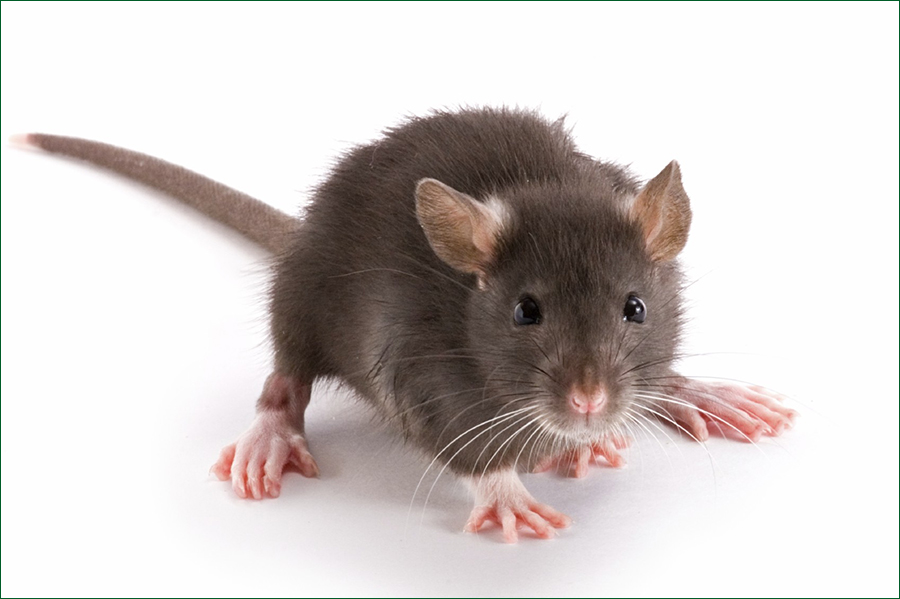
RATS
Similar to mice, rats are primarily nocturnal and prefer living in close association with people and their dwellings: cellars, crawl spaces, warehouses, docks, sewers, chicken coops, cabins, attics, outbuildings, vehicles, etc… Rats possess physical capabilities that enable them to easily gain entry into structures such as gnawing, climbing, jumping, swimming, etc… Once inside, rats can cause extensive damage by chewing on wires, insulation, stored goods, etc… Nesting activity within your home or business creates significant health risks as rats are very dirty and can transmit diseases, bacteria and parasites. The most important steps in managing rats is to first remove them from your structure and then seal off all their potential entry points.

SKUNKS
Striped skunks are prevalent throughout Colorado's front range and have become very successful at living around humans. They commonly burrow under porches, stoops, foundations and many other areas to nest in. Additionally, they can find food below bird feeders, in gardens, in/around trash cans, at compost areas, in lawns and many other areas. These ideal conditions provide skunks the ability to thrive but can become considerable nuisances. Skunks can cause significant damage at nesting/feeding sites and can carry/transmit diseases like rabies. Skunks spray to defend themselves however when its at a nest site around your home/business or on your dog, the odor can be overwhelming to deal with. To manage skunks, the first step is inspecting the structure to locate all points of entry. Next, traps or one-way doors are installed at the proper locations to remove the problem animals from the structure. Once complete, all potential entry points are sealed off to prevent any more raccoons or other wildlife from getting in again.

SNAKES
Several different species of non poisonous snakes live in Colorado, primarily the garter and the bull. Rattlesnakes are the only poisonous snakes commonly found in Colorado. Snakes generally become a nuisance when they find ways into structures or when they become abundantly active around properties/landscapes. In general, snakes like cool, damp, dark places where they can find food and shelter: gardens, flower beds, lumber piles, thick shrubbery (especially against foundations), basements and many other areas. Managing and controlling snakes can be difficult however by sealing entry points leading into homes/buildings and by altering conducive habitats around properties/landscapes, activity can be effectively managed.

SQUIRRELS
Squirrels are prevalent throughout Colorado and have become very successful at living around humans. They commonly seek out attics, chimneys, outbuildings, garages, barns, and many other areas to nest in. Their most common food source comes from trees ranging from fruits to nuts to seeds and bird feeders are always a favorite. These ideal conditions provide squirrels the ability to thrive but can become considerable nuisances. Squirrels can cause significant damage at nesting sites, especially when they chew and gnaw on electrical wires. They can also carry and transmit parasites like fleas. To manage squirrels, the first step is inspecting the structure to locate all points of entry. Next, traps or one-way doors are installed at the proper locations to remove the problem animals from the structure. Once complete, all potential entry points are sealed off to prevent any more squirrels or other wildlife from getting in again.

SWALLOWS
Swallows are known most for their tenacious ability to make mud nests attached to homes or buildings. As a result, these birds become a considerable nuisance. Swallows are very territorial and persistently return to the same nest sites. Despite attempts at knocking down or removing starter nests, these birds will desperately try to rebuild in the same area. All swallows are protected, including to some degree their nests, by the Federal Migratory Bird Treaty Act. However, by applying the correct combination of repellents and exclusion materials during the right time, these birds can be managed a majority of the time.

WOODPECKERS
Several different species of woodpeckers live in or migrate to Colorado. In most cases these birds create problems as a result of their persistent pecking. Woodpeckers will peck for several reasons: to locate food, to attract mates, to announce territories or to create nest sites. In any case, damage can result. Woodpeckers are classified as migratory, nongame birds and are protected by the Federal Migratory Bird Treaty Act. However, by applying the correct combination of repellents and exclusion materials, these birds can be managed a majority of the time.
"I have used Mark for a couple of indoor and outdoor problems and he has done a great job. Very professional in appearance and in doing his job. THANKS!! 🐜🕷🐭 No more!!! 🙂"
Contact Information
Natures Balance
"Insect and Wildlife Management"
Cell Phone:
970-430-0503
970-430-0503
Office Phone:
970-667-1171
970-667-1171
Fax:
970-667-1172
970-667-1172
"I will use Mark again. Very good at what he does and reasonably priced!!"
Let us know how we can help
Name:
Email:
City:
Phone:
Comments:
Submit
"If you have issues with bugs, ect. in your house or outside you should call Natures Balance! Mark is very good at his job."